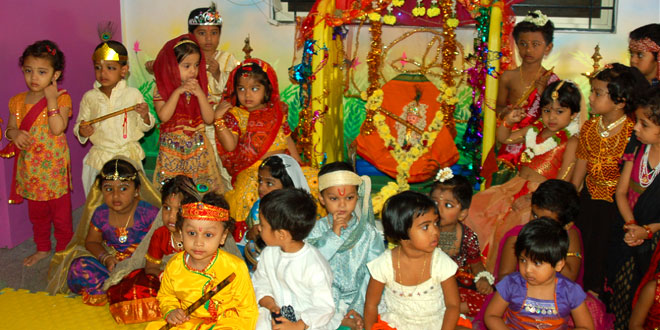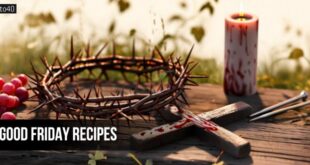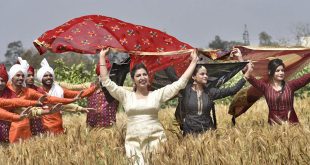Janmashtami festival is celebrated with great zeal by Hindus all over India. The festival, which falls on the eighth day (Ashtami) of Savan month, marks the birth of Lord Krishna, one of the favorite deities of Hindus. Lord Krishna was born under extraordinary circumstances on the day. People enjoy in the merrymaking at the midnight of ashtami, by singing devotional songs and dancing to the tune of bhajans. Apart from honoring the day with a special puja, people relish on lip smacking delicacies that are prepared especially for the festival. Cultural programs are also part of the celebrations. Go through the following lines to know more about the celebrations of Janmashtami.
Krishna Janmashtami Celebrations
Janmashtami is a two-day celebration in many parts of India. The first two days are celebrated colorfully and the merrymaking reaches its peak at midnight of the first day, when Lord Krishna was born. To mark the birth of the deity, the idol of the infant Krishna is bathed and is cradled in the midnight time. Conch shell is blown and the devotees celebrate the birth of the Lord Krishna by singing devotional songs and by dancing with great joy. Thereafter, mouthwatering sweets and dishes are served to the devotees.
Lord Krishna temples situated at Vrindhavan, Mathura, Dwaraka are the most popular for the celebrations of Janmashtami, as it is believed that Lord Krishna lived there. In some part of the North India, Krishna Janmashtami is celebrated for three days. The first two days are celebrated in a colorful manner. Dance drama, known as Raslila, is performed. Incidents from Sri Krishna’s life, especially his childhood, are depicted in the drama. On the second day of the festival, a popular ceremony known as ‘Dahi Handi’ takes place wherein the pot containing curd or butter or milk is broken by the youth.
The ritual of Dahi Handi is carried out with religious observance, in the northern parts of India. Maharashtra is especially popular for the ritual, wherein human pyramid tries to break the Handi (earthen pot filled with buttermilk) that is suspended from top, with the help of a rope. Onlookers throw water on the pyramid of boys in order to stop them from reaching the earthen pot. The process involves a lot of excitement. During Janmashtami, every other street of Mumbai organizes the Dahi Handi, as a part of the celebrations of the festival.
Various kinds of sweets are prepared to offer Lord Krishna on Janmashtami. Murukku and Vella Seedai are the specialties of Tamil Nadu, while in Kerala, people relish on Paal Payasam (Milk Kheer) and Neyyappam. Mathura is popular for Peda (sweet made of khoya – dried milk food). Milk and curd are the key ingredients of most of the recipes made for the festival. Apart from this, Shrikhand (Sweet Golden Yogurt), Singhade Ki Poori, and Gulabjamun are prepared for the festival.
 Kids Portal For Parents India Kids Network
Kids Portal For Parents India Kids Network







